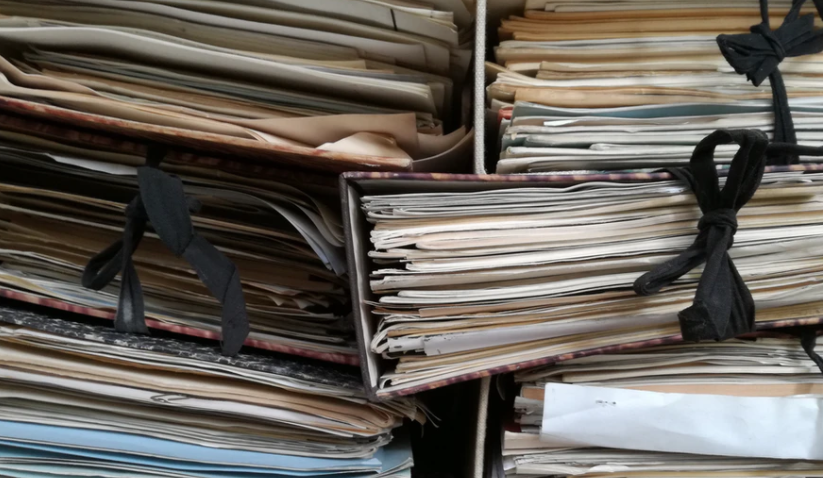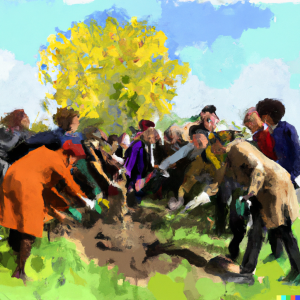
10 tips to help you catch up on the pile of articles you haven’t read
In spring of 2018, I left my quasi-academic position to start The Center for Implementation. As I began planning my time and prioritizing what I needed to do most, I realized that I had fallen behind on keeping up to date with the literature. A large part of my work involves training and supporting people on how to design, implement, spread, and scale interventions. That means that it’s really important to know what the research is saying.
When I was a student, it felt like it was my job to stay up-to-date with the literature, but as I shifted from a graduate student to managing a large research and implementation team, reading journal articles no longer felt like a priority.
The reality, however, is more nuanced. Academics and those bridging research and practice often want to and need to be aware of the most current research findings and trends – this guides the grants we submit, the manuscripts we write, and how we engage with collaborators and partners. But reading journal articles is not typically a priority, and it’s definitely not a daily habit for most academics.
By summer 2018, I decided to carve out the time to make daily reading a habitual behavior. At first, I used to print the articles, pull out my highlighter, and take notes in the margin (just like I did in grad school). As I got busier, it became more and more challenging to read articles in this way. Instead of abandoning the daily reading, I instead adapted my method to really focus on what I needed to get out of the articles.
After three years of refining my technique, these are the 10 steps I use to read one article a day. Over the past three years, I have “read” over 500 articles. At first, this might seem daunting or even impossible, but if you focus on getting the greatest value in the minimum amount of time, you can often get through an article in less than 10 minutes, and sometimes in 2 to 3 minutes. That makes daily reading entirely feasible for almost anyone.
1) I email myself articles that sound interesting or relevant.
2) I “snooze” the article so that one article a day shows up in my inbox at 6 AM. Your mileage may vary on this time.
3) Reading the article is the first thing I do in the morning. If I don’t read it in the first 30 minutes of my day, I know I won’t get to it.
4) I skim through the abstract. This takes less than 30 seconds.
5) If the article doesn’t look relevant or helpful, I reply to the email I sent myself saying, “Article does not seem relevant” and then copy & paste the abstract. That way I can search my emails for keywords in that abstract if I ever need to find it again.
6) If the article seems helpful, I actually read the abstract and figure out which sections seem relevant specifically for my work (often the results or discussion).
7) I skim the intro (THANK YOU to authors who include good headings). That means I read the first sentence of every paragraph and skim for words I might be interested in. For example, if I’m looking for work on adaptations, I’ll keep an eye out for that word.
8) I jump to the section that seems most relevant to my work and skim through the entire section (by reading the first line of every paragraph).
9) When something seems really relevant, I pause, take a deep breath, and read it in detail, paying attention to every word. This is honestly the hardest part, because it’s easy to just keep skimming, so I really need to pause before I jump into focused reading.
10) To complete the process, I email myself a one-sentence takeaway from the article, and then copy & paste the abstract below it.
The approach isn’t perfect and sometimes I go back to articles that I skimmed and had passed on. But despite its flaws, it has helped me to stay on top of the literature. Surprisingly, on some days, I don’t have any articles left on my list and have to go searching for new ones.
This process works much better when I’m reading literature on a topic that I’m very familiar with. When I’m learning about something totally new, I still print the article, pull out my highlighter and read in more detail.
I hope this helps you imagine the possibility that you could catch up on that stack of research articles that are waiting for you.



